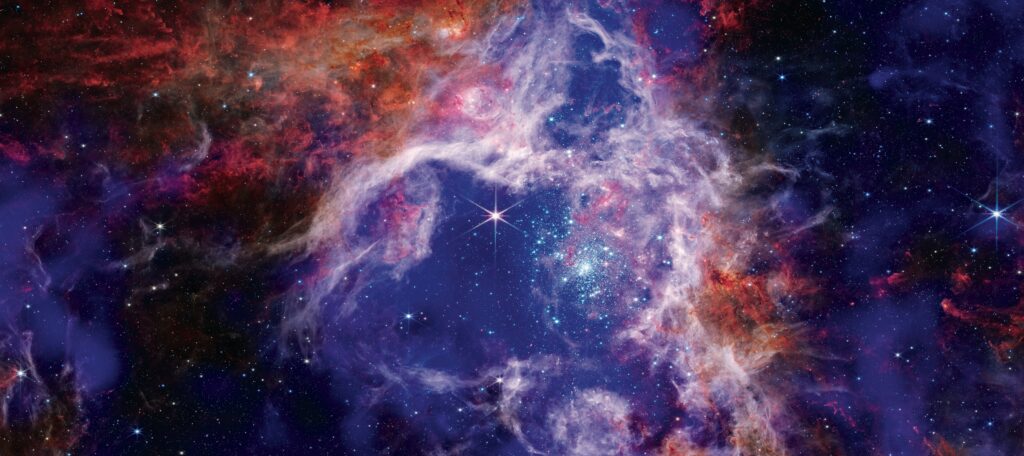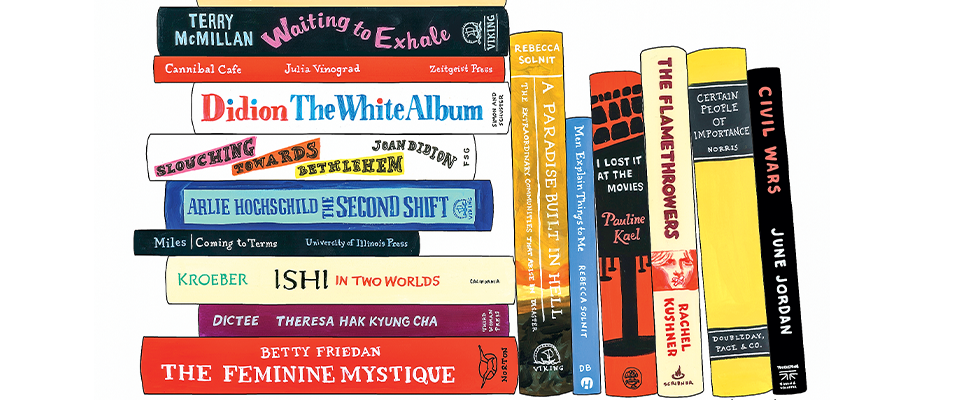Rebecca Solnit has been described as a “cultural historian,” which is probably as good a handle as any, given her investigative ambit. The author of 14 books and numerous awards—including the National Book Critics Circle Award—she has written on art, music, gender politics, peripatetic tourism and urban trends.
Pervading all her work, however, is an abiding concern for the environment. Although she is resolutely progressive in her politics and activist by proclivity, she is no humorless didact. Rather than hectoring her readership with behavioral edicts or numbing them with reams of factoids, she seduces them with irresistible stories, insightful digression and apt metaphor.
This month UC Berkeley, where Solnit earned a master’s in journalism, added her to its Wall of Fame, an honor reserved for alumni that are demonstrably “change makers, risk takers (and) boundary breakers…” We caught up with her via phone at a bookstore in New Orleans, where copies of her latest volume, Unfathomable City: A New Orleans Atlas (University of California Press) were selling like hotcakes, or at least beignets.
One of the themes in her newest book—in all her work, really—is the role human beings play in ecosystem dynamics. People, she argues, are as much a part of the natural world as tule elk in California or bonobos in the Ituri rainforest. As an example she cited Yosemite Valley, which is currently a dramatic landscape by any evaluation, but one that differs profoundly from the Yosemite that the first Euro-Americans encountered. Today’s Yosemite is characterized by dense forests of ponderosa pine and white fir. But 150 years ago, the valley was an oak savanna, an expansive black oak “garden” sedulously maintained by Native Americans. They used fire as their primary cultivation tool, periodically burning off brush and heavy grasses to maintain the valley’s hardwood groves and lush meadows. Such an environment supported much greater biological diversity than Yosemite’s current conifer-dominated ecosystem.
“Things really went astray when aggressive fire suppression became the policy for Yosemite,” Solnit observes. “It has only been fairly recently that (the National Park Service) has started re-introducing fire in an attempt to regain some of what was lost. I’m concerned when human culture is considered separate from natural systems, as though they’re two different things. They’re not.”
Solnit also attempts to interject some topological relief into environmental debates that usually are construed as two-dimensional: wild mustangs on western rangelands, for example. Wild equines are doted on by both animal rights activists and Old West nostalgists, and have been accorded strict protections across their range. But wild horses breed like domestic rabbits, and the arid and semi-arid habitat that supports them has been degraded as a result.
“They’re obviously having a significant impact on the range in Nevada,” says Solnit. “But it’s virtually impossible to initiate any kind of management program when each animal is considered precious.”
Solnit said the situation is analogous to the abortion debate: pro-life activists and opponents to any kind of controls on wild horses, she says, should both take responsibility for the results of their advocacy. “The question I would ask either person is, ‘Who is going to care (for the baby or horse)? You?’ ”
She also is deeply immersed in another nexus of environment and human culture: natural disasters. Her current book, of course, addresses Hurricane Katrina and its aftermath, and she has also weighed in on the implications of Typhoon Haiyan in the Philippines. In both cases, she expressed frustration with mainline media, feeling their coverage was not only shallow but wrong.
“The stories that were told were about social breakdown and crazy violence,” she says. “They focused on looting and rampant crime. But the stories about people helping one another, about the endurance and the courage of the survivors, went generally ignored. Those were the true stories, the prevailing stories of both storms. The ‘looting’ was by and large people taking the food and water, the diapers and basic clothing they needed to survive. Somehow, in both narratives, property became more important than human life. But when children are dying of thirst, I don’t give a damn about property. The failures we saw with both Katrina and Haiyan weren’t human failure or social failure—they were government and media failure. ”



















